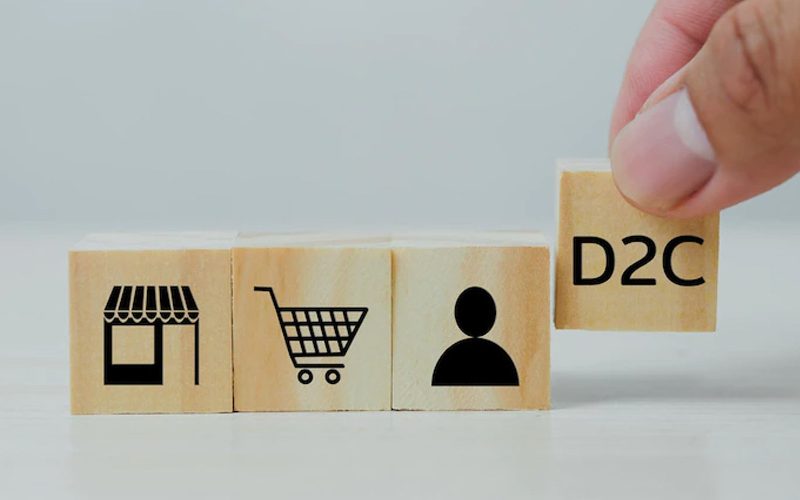Brands rely on e-commerce since it has expanded so quickly to help them adapt the online world
The direct-to-consumer (D2C) market in India was the only one that actually experienced growth during the pandemic. The industry, which has enjoyed a recent run of unparalleled success, increased even further during the shutdown as more merchants and customers went online. Many modern digital-first firms abandoned conventional distribution channels like wholesalers and retailers and expanded quickly thanks to India’s advanced digital infrastructure, accessibility to smartphones, a sizable population of 700 million internet users, and 140 million active online shoppers.
But ease isn’t the only consideration. There were several advantages to the Direct-to-Customer business model as well. It provided brands with rapid access to customers and their data, increased profit margins, opportunities for greater customer involvement, and transparency across the entire process. These reasons have led to the approximately 800 D2C brands that are currently available in India, with many more appearing each month to meet the aspirations of modern India. The industry has an estimated $44.6 billion in value in 2021, and it is expected to reach $100 billion by 2025. More than just a strategic advantage, customer retention is a tool that D2C brands can use to scale and grow faster. Because there are so many options available to customers nowadays, it is essential for businesses to foster loyalty and provide excellent experiences. The majority of experts concur that maintaining customers is essential for business expansion and success. In addition to their frequent purchases, devoted customers are important because they spread the word about their favorite direct-to-consumer products. D2C brands can elevate their customer retention strategy through:
- Customer Data Platform (CDP)- Despite having a lot of data, many brands do not focus on digital as their primary business. In this situation, their consumer data is produced across a number of disparate platforms that lack marketing and communication skills. By consolidating and bringing together data from all offline and online sources, CDP assists in removing data silos and generates 360-degree consumer profiles. Consumers can link several data sources to create a single, comprehensive customer profile, which gives D2C marketers real-time insights into their customers’ behaviour.
- Mobile Service Cloud- For retention, a seamless client experience is essential. By enabling brands to engage with their customers through their preferred channel, Mobile Service Cloud provides a frictionless service experience. Brands may connect with both internal and external teams using the Mobile Service Cloud, integrate it with the systems of their choice, and use their own chatbot to automate discussions.
- Scripted Chatbot- A chatbot aids in offering a distinctive automated experience. It provides round-the-clock accessibility, more customer satisfaction, improved employee productivity, quicker response times, higher revenue, and instantaneous query responses. Brands have access to chatbot functionalities like sharing images, videos, emoticons, sound, and even location. Without any code, the chatbot can be created extremely quickly using a drag-and-drop interface. Different entry points, input variables, and logic can be added by brands to design the discussion. The chatbot guarantees smooth live agent takeover as well.
Not only do these services improve customer engagement and retention, but they also make it so much simpler. For instance, SMS has a 98 percent open rate, which indicates that it has a huge reach. SMS is the ideal notification technique for updating clients on delivery or shipping. Another excellent tool for making customers feel heard is the mobile service cloud. When customers have a complicated question, they may contact the brand through their preferred channel and get an answer. Using the Customer Data Platform (CDP), businesses can deliver relevant Instagram or Facebook advertising or suggest similar products based on the purchase histories of their customers. A crucial component is a scripted chatbot, which among other things can alert clients to impending deals, reserve tables for them at restaurants, and direct clients to the closest store based on their location.
These merely serve to illustrate how brands may stay in contact with their clients long after the customer experience is through, which is crucial now more than ever. One thing is certain: the D2C sector will keep expanding even as the world struggles with post-pandemic upheavals. Loyalty will triumph as consumers begin to demand more and more from their favorite businesses. Before the rest of the globe, brands will need to choose their technology partners.







